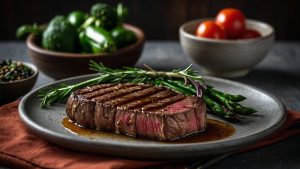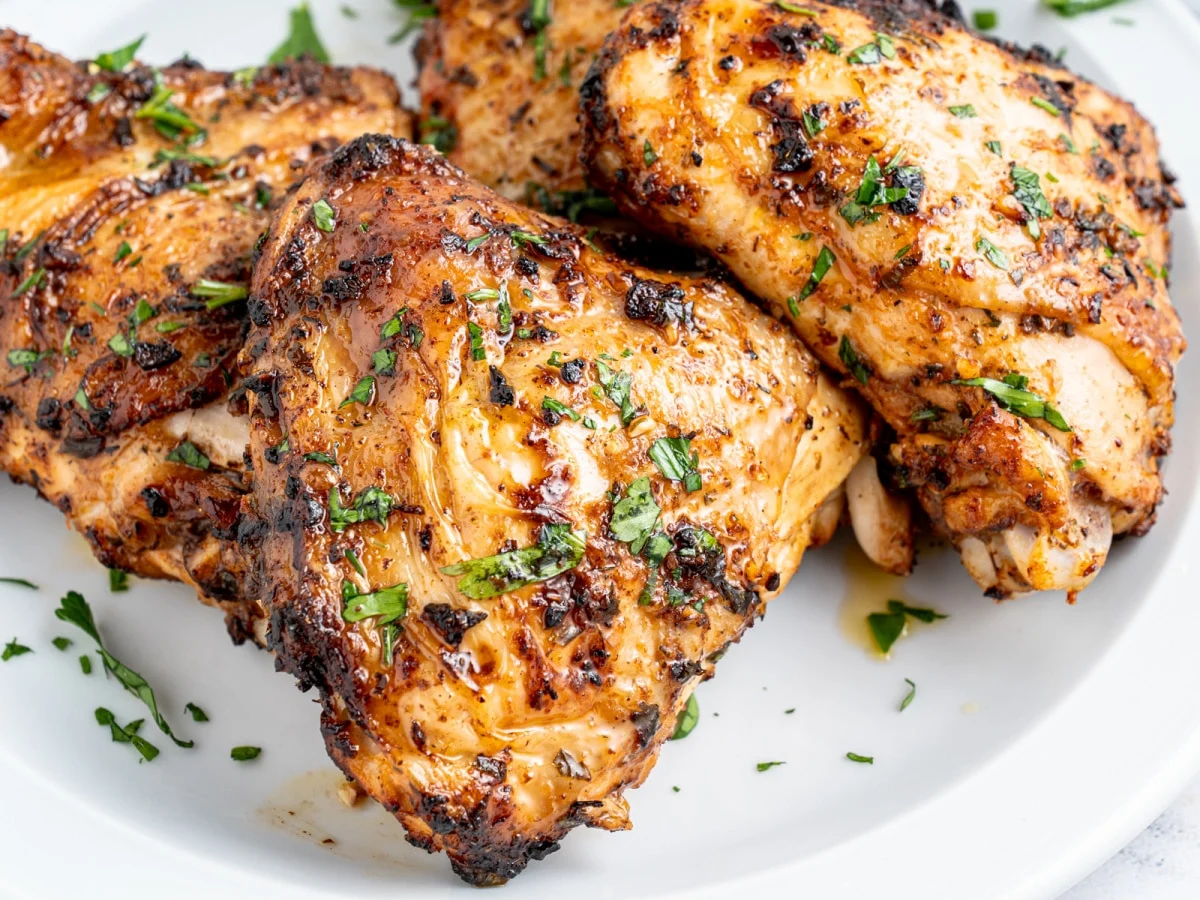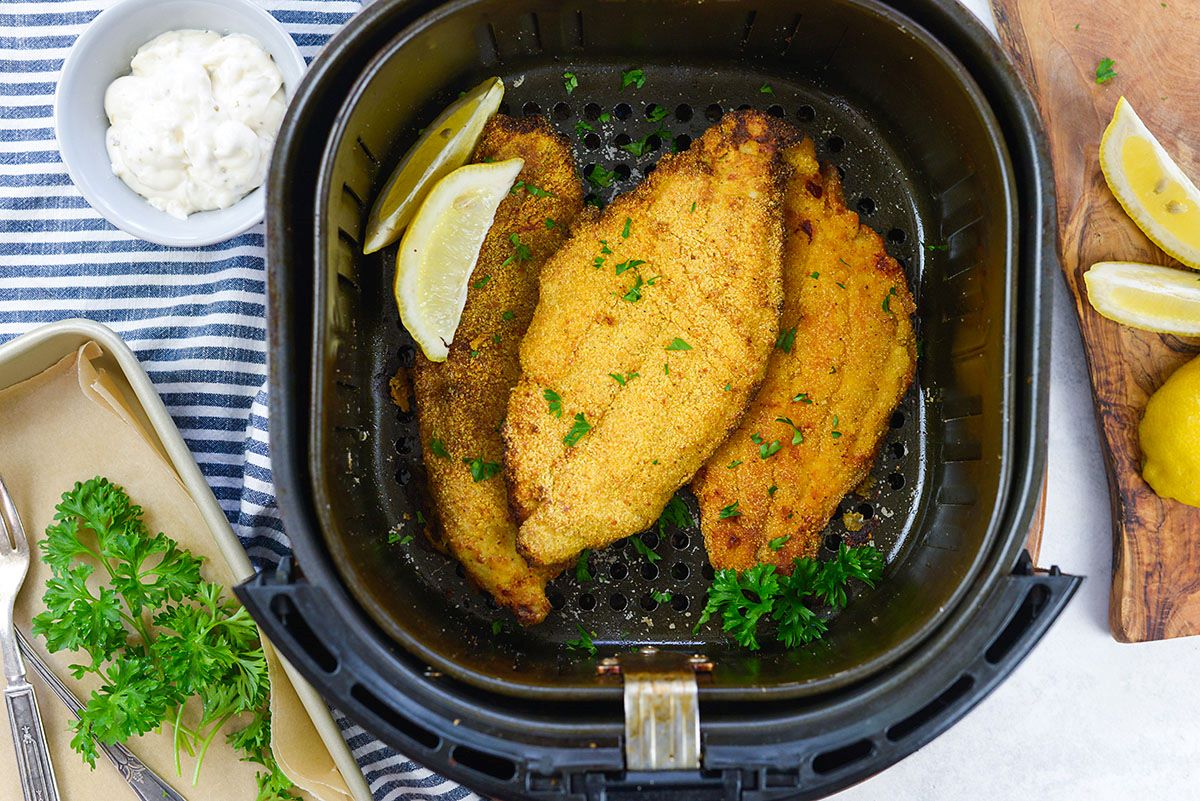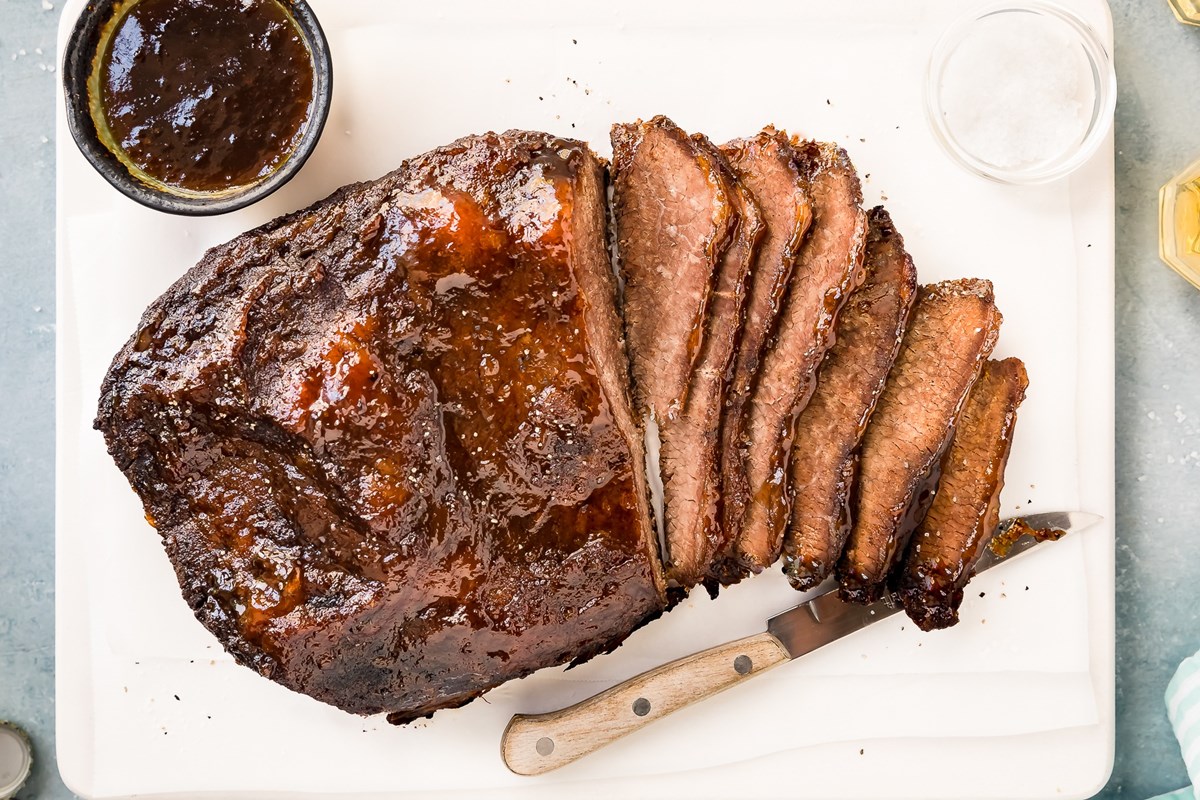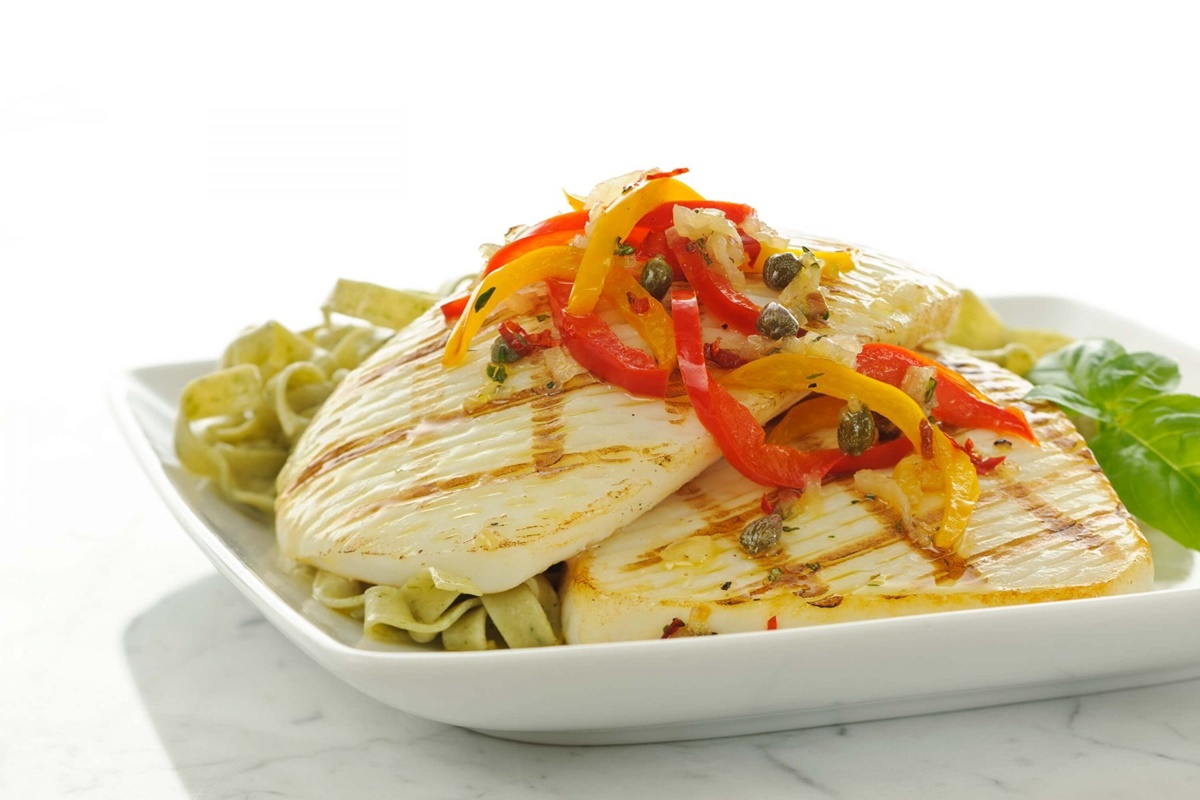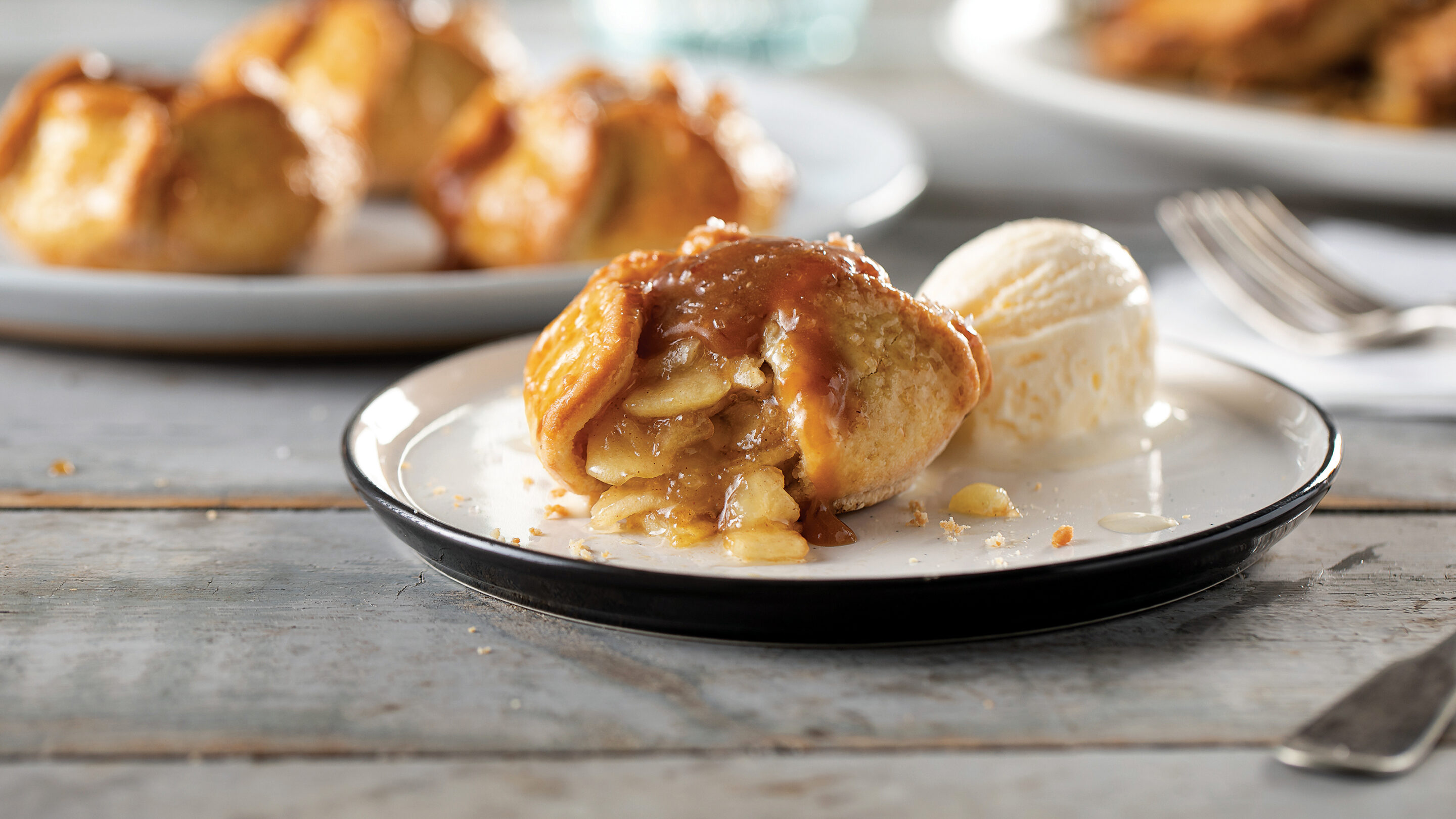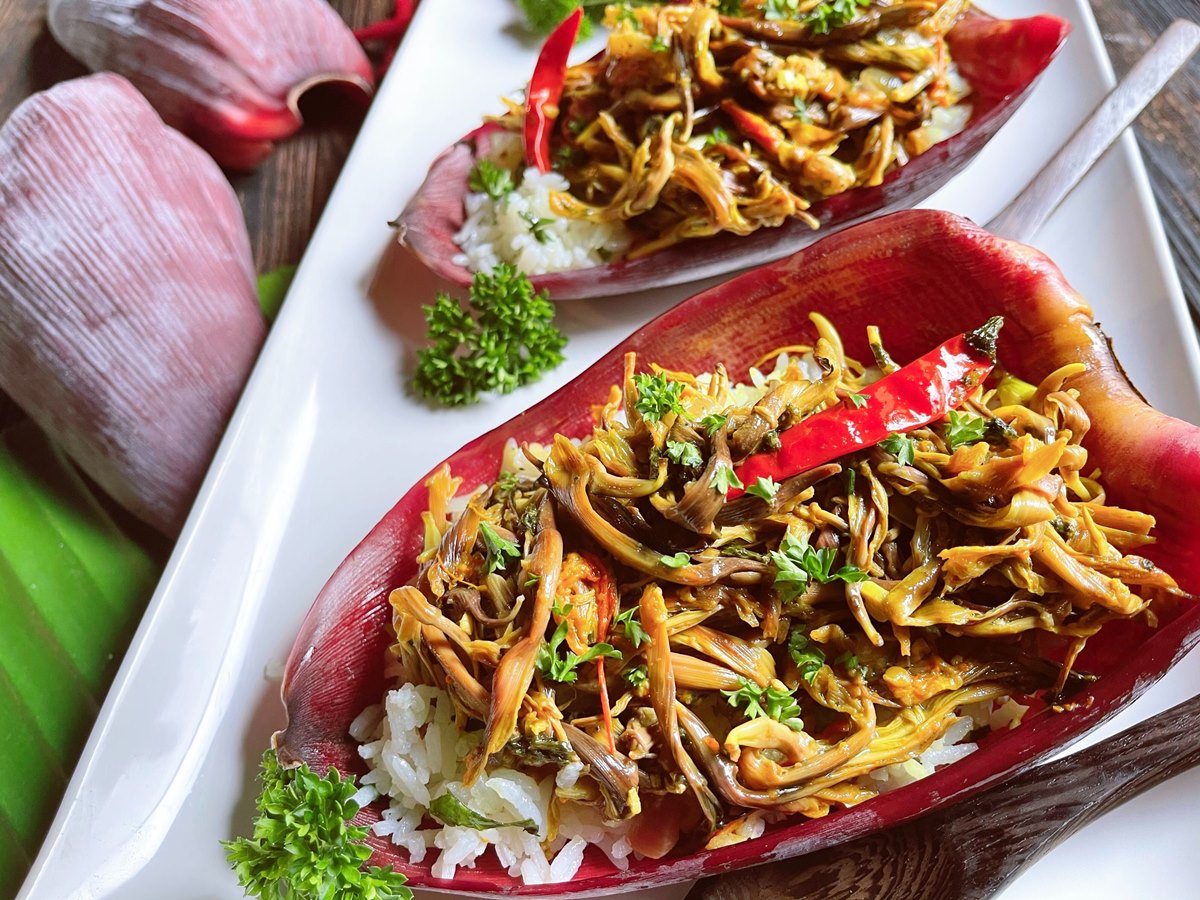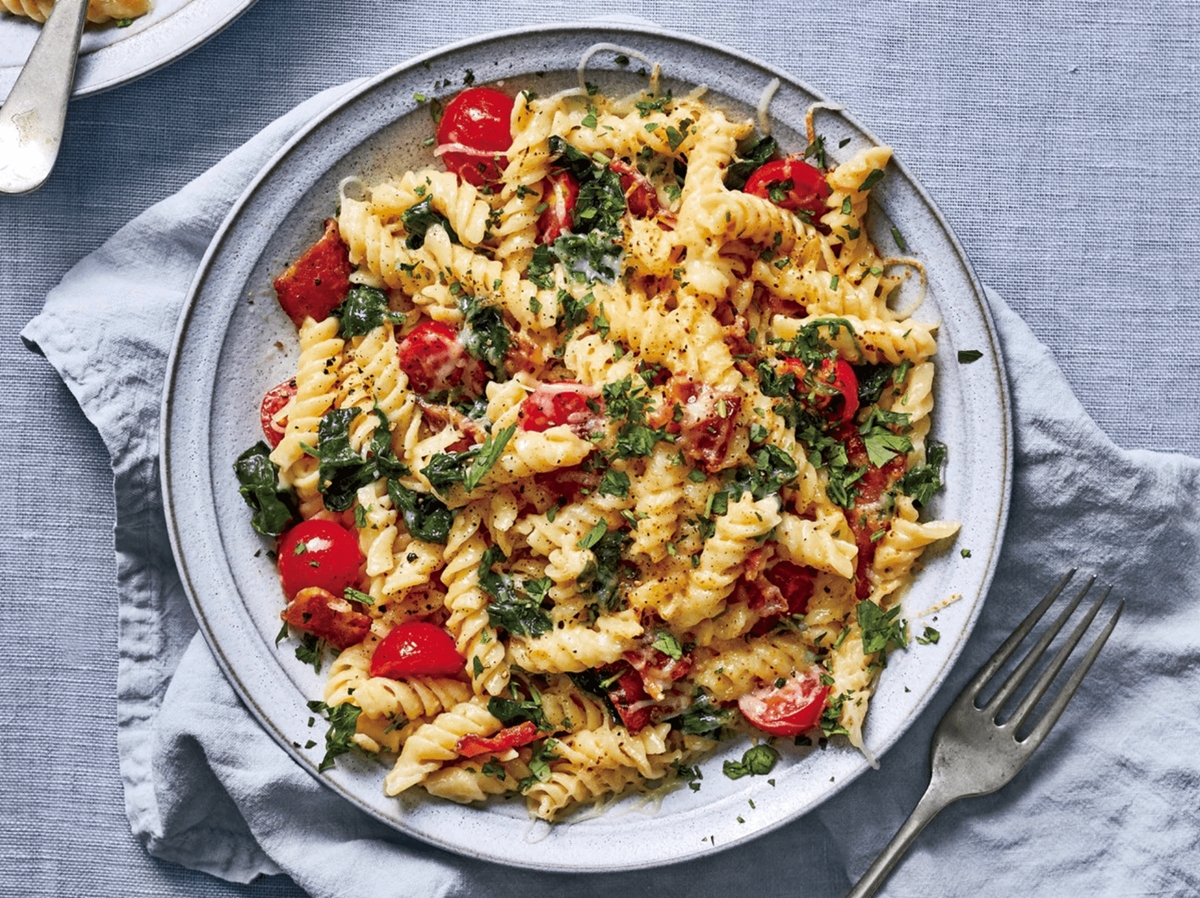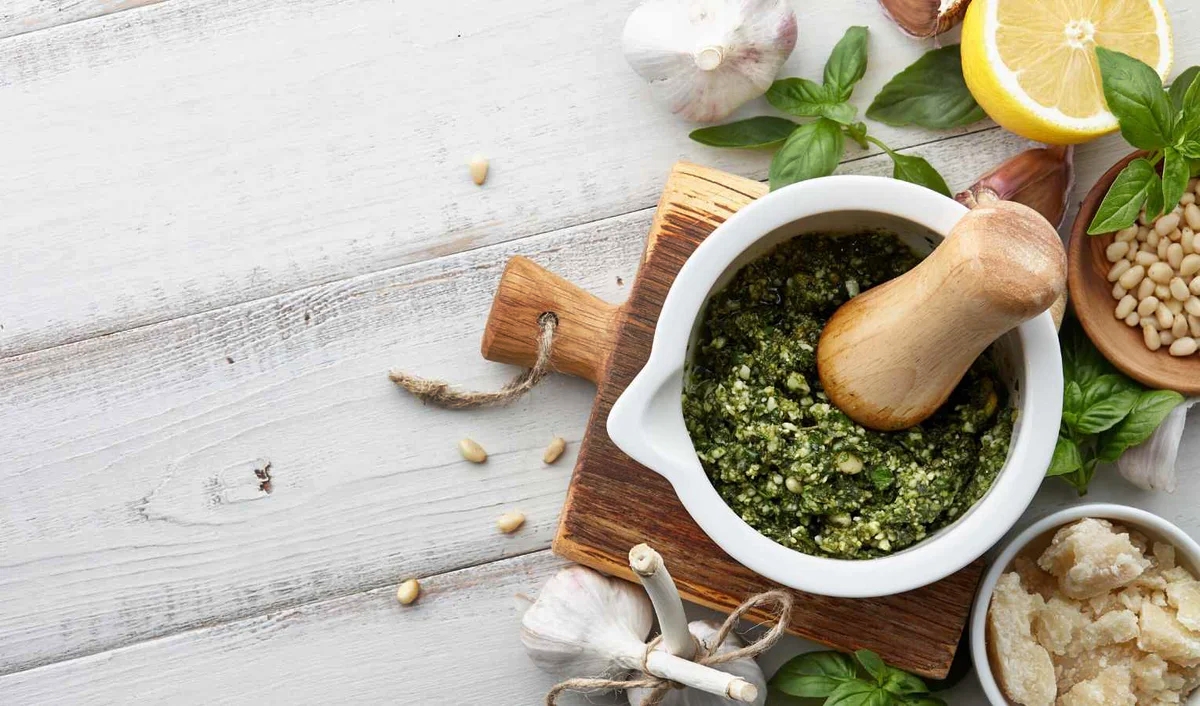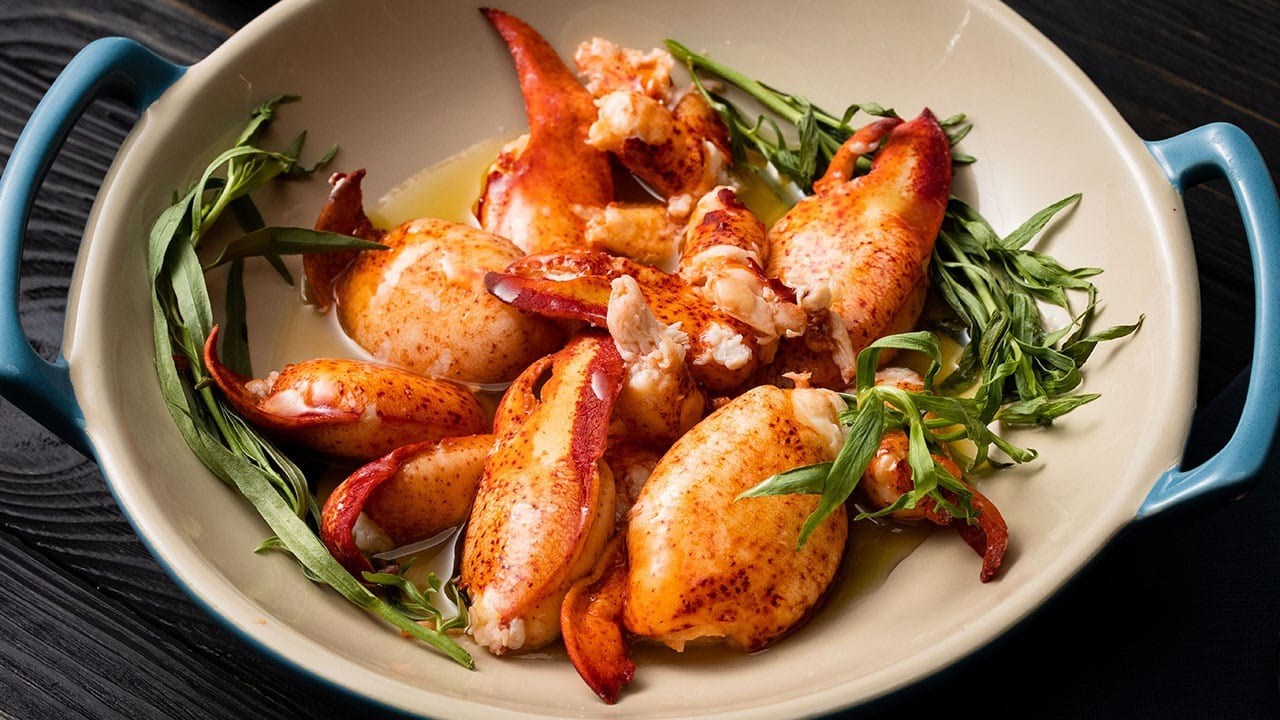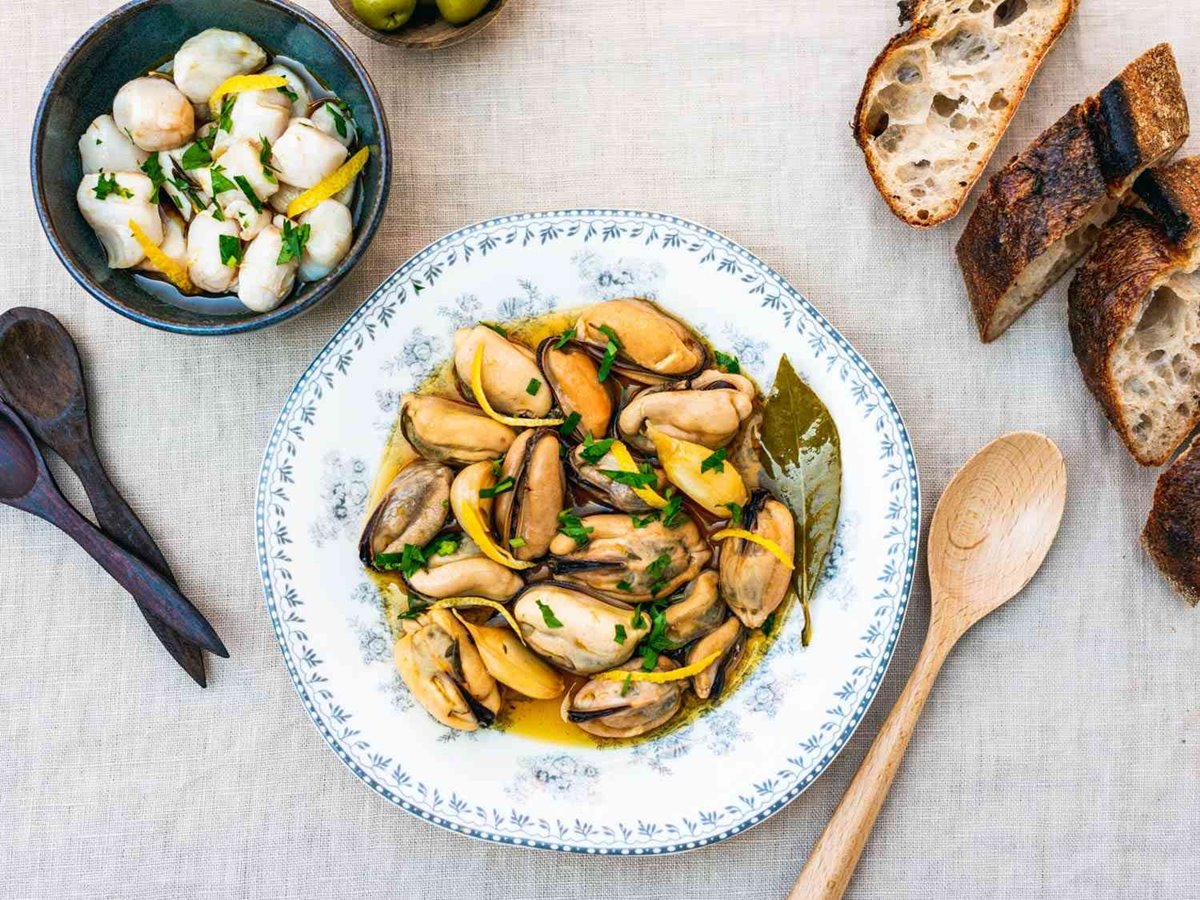How To Cook Scallops Gordon Ramsay
If there’s one person who knows a thing or two about cooking, it’s the renowned chef Gordon Ramsay. His culinary expertise and innovative techniques have taken the cooking world by storm. Today, we’ll be diving into the realm of seafood as we learn how to cook scallops, Gordon Ramsay style!
Step 1: Choosing the Perfect Scallops
- When purchasing scallops, opt for fresh, dry-packed scallops rather than those packed in a solution. This will ensure better flavor and texture.
- Look for scallops that are firm and translucent, with a sweet oceanic smell.
Step 2: Preparing the Scallops
- Remove the small side muscle from each scallop. This muscle can become tough when cooked and should be discarded.
- Pat the scallops dry with a paper towel to remove excess moisture. Dry scallops allow for a more even sear.
Step 3: Seasoning and Searing
- Lightly season both sides of the scallops with salt and pepper. Don’t overpower the natural sweetness of the scallops.
- Heat a non-stick pan over medium-high heat and add a small amount of olive oil or clarified butter.
- Once the pan is hot, carefully add the scallops, making sure they are not touching each other. This ensures even cooking and a beautiful sear.
- Let the scallops cook undisturbed for a few minutes until a golden crust forms. Use a timer to avoid overcooking.
- Flip the scallops and cook for an additional 1-2 minutes.
Step 4: Adding Gordon Ramsay’s Touch
- To elevate the flavor of your scallops, Chef Ramsay suggests adding a knob of butter and a gentle squeeze of fresh lemon juice to the pan during the last few seconds of cooking.
- Remove the scallops from the pan and let them rest for a minute. Resting allows the juices to redistribute, ensuring a succulent bite.
Step 5: Plating and Serving
- When plating your perfectly cooked scallops, it’s all about simplicity. Let the natural flavors shine by arranging them atop a simple bed of fresh salad greens or nestled alongside vibrant roasted vegetables.
- Garnish with a sprinkle of fresh herbs, such as parsley or chives, for an added touch of elegance.
Now that you’ve learned how to cook scallops with the Gordon Ramsay touch, it’s time to put your newfound skills to the test. These tender and delicious morsels of seafood are sure to impress your family and friends. So grab some fresh scallops, fire up the stove, and get cooking like a true culinary master!
More Delicious Scallop Recipes to Try
Following the expert tips provided by Gordon Ramsay on how to cook scallops, readers can now apply these techniques across a variety of delicious recipes. For aficionados of rich, buttery flavors, the Pan-Seared Scallops with Garlic Butter Sauce is a must-try. This dish beautifully showcases the golden sear on the scallops, a hallmark of Ramsay's method. Those looking for a refreshing twist might explore the Grilled Scallops with Mango Salsa, which combines the smoky char of grilled scallops with the sweet, tangy notes of mango. Lastly, the Scallops with Creamy Truffle Pasta offers an indulgent treat with its luxurious truffle-infused cream sauce, perfectly complementing the delicate texture of the scallops. Each of these recipes provides a unique way to savor the delectable potential of scallops, making them worthy additions to your culinary repertoire.
1. Start with fresh scallops: Look for scallops that are firm, translucent, and have a slightly sweet smell. Avoid any with a strong fishy odor.
2. Dry the scallops: Pat them dry with a paper towel before cooking. Moisture can prevent a proper sear.
3. Use a hot pan: Preheat a non-stick skillet over high heat until it’s sizzling hot. This ensures a good sear without overcooking the scallops.
4. Season right before cooking: Generously season both sides of the scallops with salt and pepper just before placing them in the pan.
5. Don’t overcrowd the pan: Cook the scallops in batches, leaving enough space between them. Overcrowding leads to steaming rather than searing.
6. Cook on each side for a few minutes: Sear the scallops for about 2-3 minutes on each side until they develop a golden crust. Avoid flipping them too soon.
7. Finish with butter and lemon: Add a small knob of butter and a splash of lemon juice to the pan during the last minute of cooking for added flavor.
1. Ensure the scallops are dry: Use a paper towel to remove any excess moisture, allowing them to sear rather than steam.
2. Preheat the pan: Heat a non-stick skillet over high heat until it’s very hot. This will create a great searing surface for the scallops.
3. Use oil with a high smoke point: Choose an oil like vegetable, canola, or grapeseed oil that can withstand high heat without smoking.
4. Place the scallops in the pan: Gently place the scallops into the hot pan, leaving space between them.
5. Avoid overcrowding: To achieve a good sear, it’s important not to overcrowd the pan. Cook them in batches if necessary.
6. Cook undisturbed: Allow the scallops to cook without moving them for 2-3 minutes, until a golden crust forms.
7. Flip and finish cooking: Carefully flip each scallop using tongs and cook for an additional 2-3 minutes on the other side. Remove from the heat and serve immediately.
1. Appearance: The scallops should have a nice golden brown crust on the outside.
2. Texture: When you press down on the scallop gently, it should feel firm and spring back slightly.
3. Opacity: The center of the scallop should be slightly opaque, rather than translucent or raw-looking.
4. Moisture: Cooked scallops should release a small amount of moisture, known as the “scallop essence,” but not excessive moisture.
1. Preheat the oven: Set your oven to a high temperature, around 400°F (200°C).
2. Prepare the scallops: Pat the scallops dry and season them with salt and pepper.
3. Heat an oven-safe skillet: Heat a skillet or oven-safe pan on the stovetop over high heat.
4. Sear the scallops: Add a small amount of oil to the hot skillet and sear the scallops for a minute on each side to develop a golden crust.
5. Transfer to the oven: Place the entire skillet with the scallops into the preheated oven.
6. Cook until done: Bake the scallops for about 5-7 minutes until they are cooked through and opaque in the center.
7. Serve immediately: Remove from the oven and serve the scallops hot with your desired accompaniments.
1. Thaw properly: Defrost the frozen scallops in the refrigerator overnight or follow the package instructions for quick thawing.
2. Pat them dry: Once thawed, make sure to remove as much moisture as possible by patting them dry with a paper towel.
3. Adjust cooking time: Frozen scallops may require slightly longer cooking times to ensure they are fully cooked.
4. Quality may vary: The texture and taste of frozen scallops can differ from fresh ones. Opt for high-quality, flash-frozen scallops for better results.
5. Avoid refreezing: Once thawed, it is not recommended to refreeze scallops as it can negatively affect their quality.
Remember, fresh scallops will generally yield better results, but frozen scallops can still be cooked into a delicious dish with the right techniques.
More Delicious Scallop Recipes to Try
Following the expert tips provided by Gordon Ramsay on how to cook scallops, readers can now apply these techniques across a variety of delicious recipes. For aficionados of rich, buttery flavors, the Pan-Seared Scallops with Garlic Butter Sauce is a must-try. This dish beautifully showcases the golden sear on the scallops, a hallmark of Ramsay's method. Those looking for a refreshing twist might explore the Grilled Scallops with Mango Salsa, which combines the smoky char of grilled scallops with the sweet, tangy notes of mango. Lastly, the Scallops with Creamy Truffle Pasta offers an indulgent treat with its luxurious truffle-infused cream sauce, perfectly complementing the delicate texture of the scallops. Each of these recipes provides a unique way to savor the delectable potential of scallops, making them worthy additions to your culinary repertoire.
Was this page helpful?
Read Next: How To Cook Skate Wings
